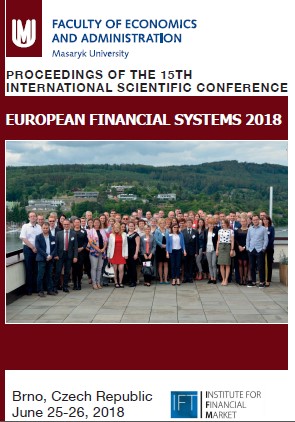Backtesting Expected Shortfall – Is There a Method Suitable for Middle-sized Banks?
Backtesting Expected Shortfall – Is There a Method Suitable for Middle-sized Banks?
Author(s): Eugenia Schmitt
Subject(s): Business Economy / Management, Transformation Period (1990 - 2010), Financial Markets
Published by: Masarykova univerzita nakladatelství
Keywords: risk management; regulation; expected shortfall; backtesting; tail risk;
Summary/Abstract: The financial crisis 2008 revealed weaknesses in the valuation and capital backing for market risks. The new regulatory requirements, the Fundamental Review of the Trading Book (FRTB), is a reaction of the Basel Committee on Banking Supervision and should create transparency based on a unification of market risk criteria to be met by all banks. One of the novelties is the move from Value at Risk (VaR) to Expected Shortfall (ES) as the standard for measuring risk and calculating capital. It is motivated by better theoretical properties of ES as a risk measure. Especially, VaR doesn’t account for “tail risk”. ES in contrast captures high-value low-probability events and has other advantages too. At the same time, ES has been criticized for unavailability of simple tools for its validation, for possibilities of backtesting. Because backtesting is one of the key quantitative tools used to assess the conservativeness of the risk measurement methodology, estimation techniques are being constantly improved. This article shows the current, new methods for backtesting ES reviewed in literature and discuss which methods are appropriate to implement in middle-sized banks. ES will be necessary for internal validation and for regulatory control. Hence, practical methods for backtesting the ES are of particular interest.
Book: European Financial Systems 2018 - Proceedings of the 15th International Scientific Conference
- Page Range: 621-628
- Page Count: 8
- Publication Year: 2018
- Language: English
- Content File-PDF

